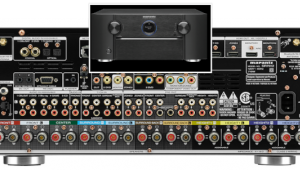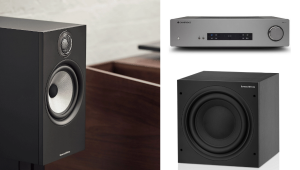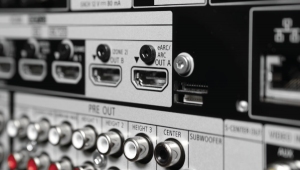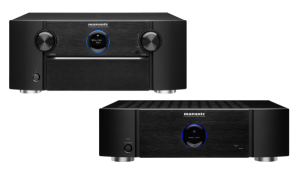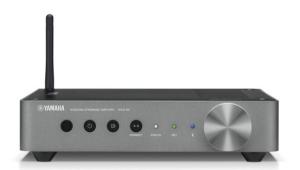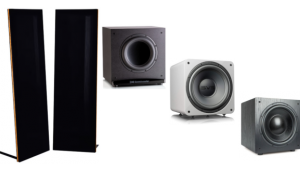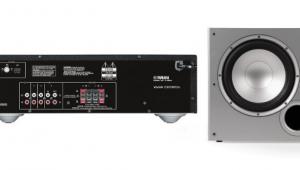What’s the Difference Between Hi-Res and Hi-Fi Audio?
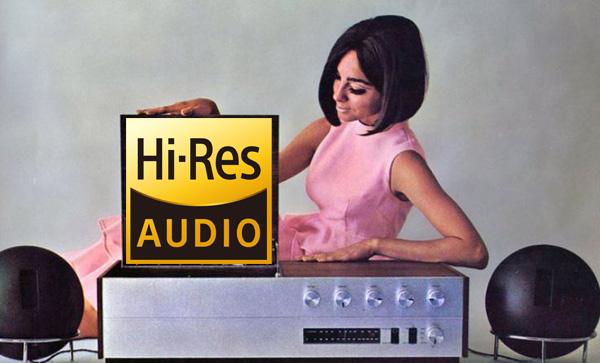
Q What is the difference between Hi-Res and Hi-Fi? Which is better in your opinion? —Mario Antonio Aburto Calderón / Costa Rica
A When talking about audio, the terms Hi-Res (high-resolution) and hi-fi basically express the same thing, though they have different definitions. According to the Consumer Electronics Association, "Hi-Res Audio" specifically refers to “lossless audio that is capable of reproducing the full range of sound from recordings that have been mastered from better-than-CD-quality music sources.” The implication here is that any audio file you download from a Hi-Res Audio site (HDtracks, Acoustic Sounds, or the Pono Music Store, for example) should sound better than the same track released on CD, downloaded from a site like iTunes or Amazon Music, or streamed from services including Spotify, Apple Music, or Rdio. That’s because high-resolution audio files have a higher sampling frequency and bit rate encoding: 96kHz/24-bit in most instances, compared with the 44.1-kHz/16-bit format used to create CDs or the source files used by streaming services.
The term hi-fi, on the other hand, has historically been used to express music recorded and played in stereo, and for the most part on vinyl LPs—a format that some, though not all, audiophiles also qualify as high-resolution. Since Hi-Res Audio downloads are generally considered to provide “analog-like” sound quality—in other words, free from any audible limitations that might be imposed by the CD format—the terms Hi-Res and hi-fi can be considered interchangeable. So, to answer your question, there is no difference between Hi-Res and hi-fi audio. I think they both sound great.
